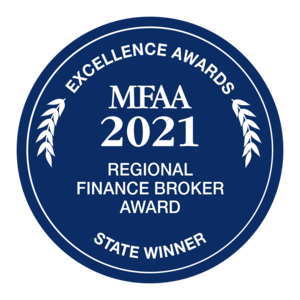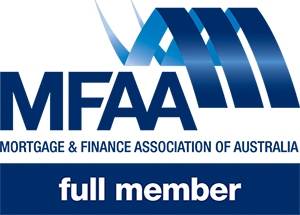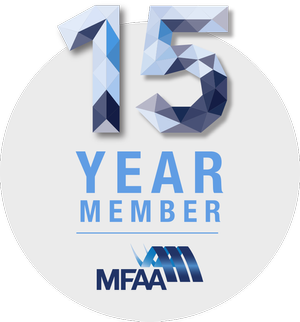
Buying Your First Home
Securing your own home one of the most exciting milestones in life.
But before you dive into open homes or home loan calculators, it’s important to understand the two key levers that make it all possible: your income and your deposit.
They work hand in hand. Your income determines how much you can borrow, and your deposit shows that you’re financially ready. Without both pieces, it can be difficult to move forward confidently — but with the right plan, you can absolutely get there.
Sometimes, the first step isn’t applying for finance — it’s creating a realistic savings plan to build that all-important deposit. Once that’s underway, we can help you explore what’s achievable and map out your pathway to home ownership.
Why You Need a Deposit
Your deposit is your contribution toward the home — it’s a sign to lenders that you’ve developed strong savings habits and can manage your finances well. Think of it as your ticket in the door to home ownership.
The larger your deposit, the less you need to borrow — but you don’t always need 20%. Many first home buyers start with a smaller amount and use one of the government schemes designed to help bridge the gap.
How Much Do You Need?
While a 20% deposit is ideal, most first home buyers can start with as little as 5%, or even 2% through Keystart (for WA buyers).
Example on a $500,000 home:
20% deposit = $100,000
5% deposit = $25,000
2% deposit = $10,000
If you’ve already started saving, you might be closer than you think.
What Is Lenders Mortgage Insurance (LMI)?
If your deposit is under 20%, most lenders charge Lenders Mortgage Insurance (LMI) — a one-off fee that protects the lender (not you) if the loan can’t be repaid.
You don’t usually have to pay it upfront, as it can be added to your loan — but there are ways to avoid LMI altogether through government initiatives like the First Home Guarantee or Keystart.
First Home Guarantee (National Home Guarantee Scheme).
This national scheme helps eligible first home buyers purchase a property with just a 5% deposit and no LMI.
If you’re looking to embark on buying your first home, then reach out for a discussion!
In short:
Keystart – best for smaller deposits or limited savings history.
Home Guarantee – best for buyers with 5% saved who want a standard bank loan.
Genuine Savings – What Lenders Like to See
For the 5% Home Guarantee and most bank loans, lenders like to see that some of your deposit is genuinely saved over time:
Regular savings from income
Funds held in an account for 3+ months
Shares or long-held investments
“Non-genuine” savings — like gifts, lump sums, or tax refunds — can still count, especially for Keystart, or when supported by a solid rental history.
Preparing for Home Ownership
Getting ready to buy isn’t just about saving the deposit — it’s about building financial confidence. Even small, regular savings can make a big difference.
Each dollar saved brings you closer to turning the dream of owning your own home into reality — a place that’s yours to grow, settle, and make memories.
In a Nutshell
Minimum deposit: 2–5%
Both Keystart and Home Guarantee help avoid LMI
Your income and deposit work together to shape borrowing power- Deposit is a must have!!
Not ready yet? Start with a savings plan to build momentum
5% Home Guarantee
5%
No
Standard bank loan
Market-competitive
National limits
Must show genuine savings
Optional
Stable income, 5% saved
Key points:
The government guarantees up to 15% of your loan
You’ll need your own 5% deposit saved
Property caps apply
Keystart – Helping WA Buyers Get Started
Keystart is a WA Government initiative that helps locals buy their first home sooner.
Why first home buyers love it:
Minimum deposit: 2%
No LMI
Flexible deposit sources (gifts often accepted)
Designed as a stepping-stone loan — refinance later for a lower rate
Keystart vs 5% Home Guarantee.
Keystart
2%
No
Government-backed
Slightly higher
Keystart-specific
Very flexible (gifts OK)
Step-up loan
Smaller savings, limited history
Feature
Minimum Deposit
LMI
Loan Type
Interest Rate
Income & Price Limits
Deposit Flexibility
Refinance Options
Ideal For






Hear what our clients say





